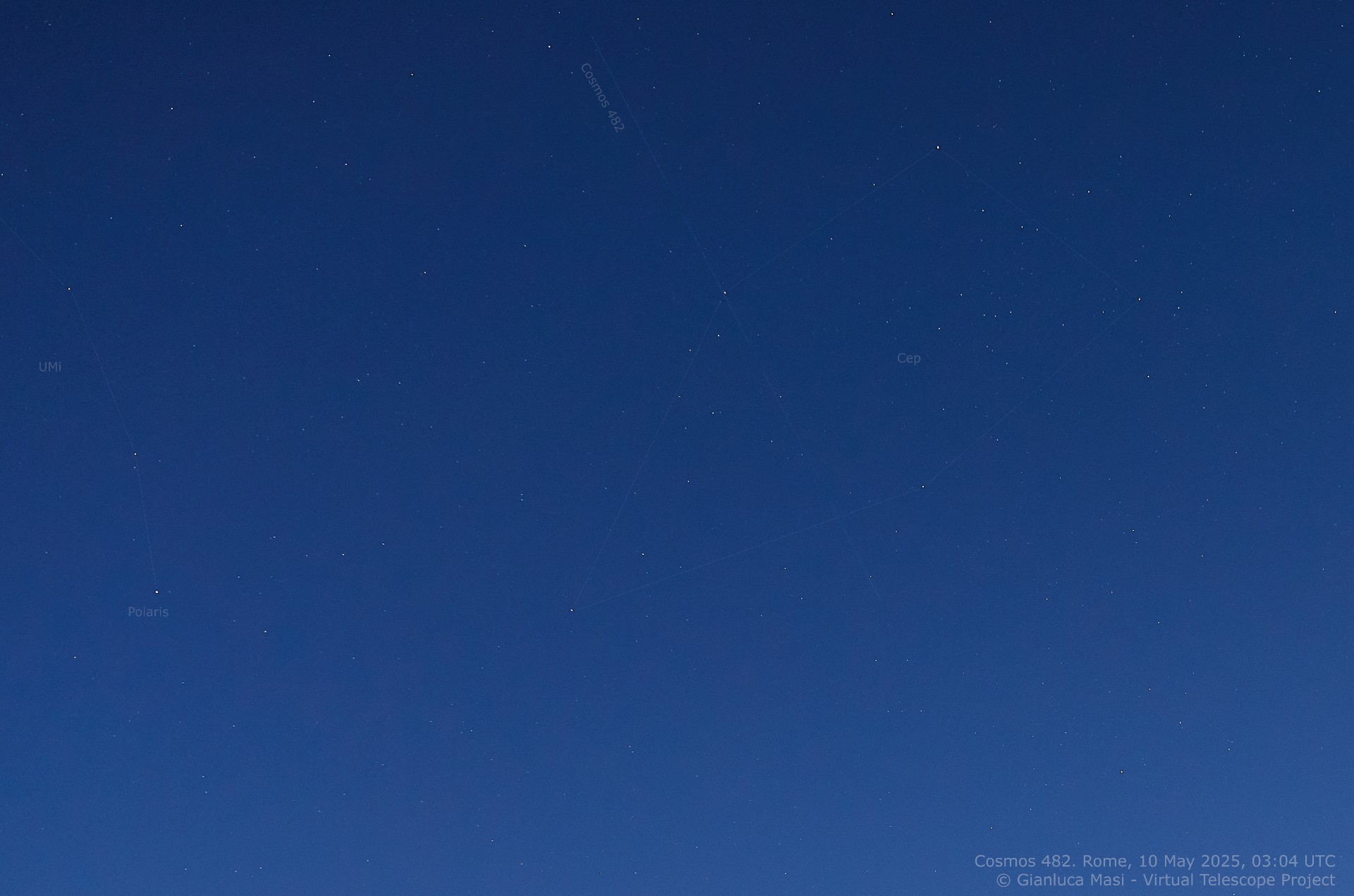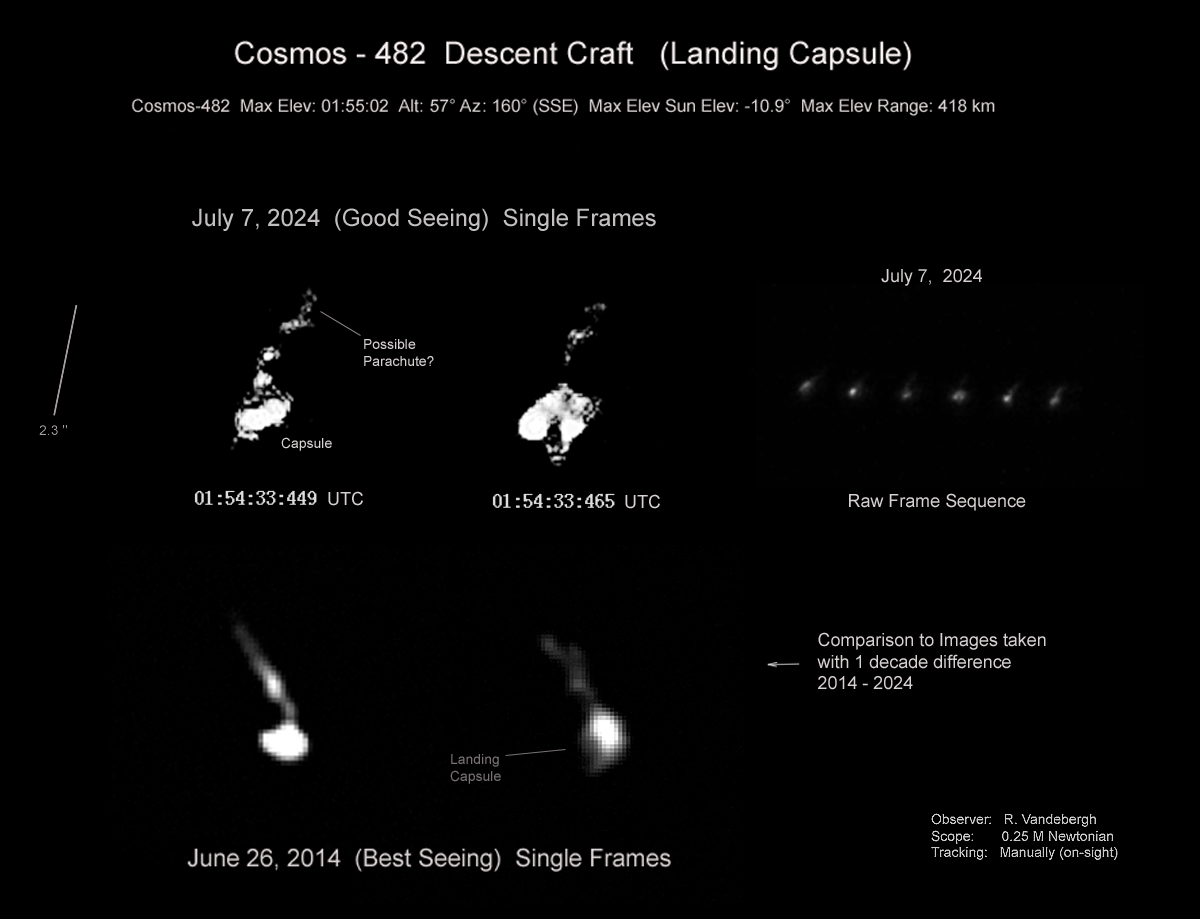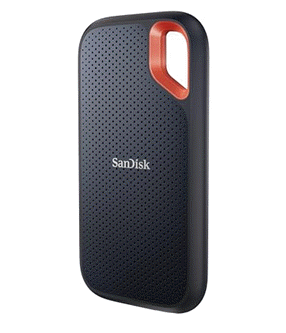2025-05-10 09:51:00
www.space.com

A failed Soviet Venus lander’s long space odyssey has come to an end.
The Kosmos 482 probe crashed to Earth today (May 10) after circling our planet for more than five decades. Reentry occurred at 2:24 a.m. ET (0624 GMT or 9:24 a.m. Moscow time) over the Indian Ocean west of Jakarta, Indonesia, according to Russia’s space agency Roscosmos. Kosmos 482 appears to have fallen harmlessly into the sea.
That’s just one estimate, however; other space agencies and tracking organizations predicted different reentry locations, from the South Asian mainland to the eastern Pacific. It’s unclear when or if we’ll get a definitive answer to where Kosmos 482 came down.
Astronomer Gianluca Masi of the Virtual Telescope Project caught an image of Kosmos 482 during one of its final orbits as it passed over Rome, Italy just before sunrise on May 10. In the photo, the probe is “visible as a trail entering the field of view from the top and pointing to the bottom right corner,” Masi wrote on his website. “The picture is the sum of four images, this is why the trail of Cosmos 482 looks dashed.”
Earth isn’t the planet that Kosmos 482 was supposed to land on. The spacecraft was part of the Soviet Union’s Venera program, which sent a fleet of probes to Venus in the 1960s, ’70s and early ’80s.
Kosmos 482 launched toward Earth’s hellishly hot sister planet in 1972, but a problem with its rocket stranded the spacecraft in an elliptical orbit around Earth. For the next 53 years, atmospheric drag pulled the probe down slowly but surely, leading to today’s dramatic denouement.
Most large pieces of space junk — decrepit satellites and spent rocket bodies, for example — break apart during their fiery trips back to Earth, creating artificial meteor showers. It’s possible that Kosmos 482 made it down in one piece today, however, given that it was designed to survive a high-speed trip through Venus’ thick atmosphere.
Kosmos 482 is about 3.3 feet (1 meter) wide and weighs about 1,190 pounds (495 kilograms). If it didn’t break apart during reentry, it likely hit Earth’s surface going about 150 mph (240 kph), according to Dutch satellite tracker Marco Langbroek.
In that scenario, “the kinetic energy at impact is similar to that of a 40-55 cm [16 to 22 inches] large (after ablation) meteorite fragment,” Langbroek wrote in a blog post recently.

Kosmos 482’s fall draws attention to our planet’s growing space junk problem. On average, three sizeable pieces of debris crash back to Earth every day — and that number is only going to go up.
According to the European Space Agency (ESA), Earth orbit hosts about 14,240 satellites, 11,400 of which are active. Most of the operational craft belong to SpaceX’s Starlink broadband megaconstellation, which currently consists of about 7,200 satellites but is growing all the time.
Other megaconstellations are under construction as well. For example, Amazon just launched the first big batch of spacecraft for its Project Kuiper broadband network, which will eventually harbor 3,200 satellites, if all goes according to plan. And rockets have lofted satellites for two different Chinese megaconstellations, each of which is designed to host at least 13,000 spacecraft.
“With the increasing space traffic, we expect that reentry frequencies increase further in the future,” ESA officials wrote in a Kosmos 482 blog post.
The risk of injury or property damage from each individual reentry is very small, given that much debris burns up in the air and the pieces that don’t usually come down in the ocean or on unoccupied land. But as the reentry volume goes up, so too do the odds of a destructive impact.
There are other potential consequences as well. For instance, researchers are calling attention to the pollution created by reentering satellites, which could damage Earth’s ozone layer and also affect our planet’s climate.
Editor’s note: This story was updated at 12:10 p.m. ET on May 10 to state that tracking organizations predicted several different possible reentry locales for Kosmos 482.
Keep your files stored safely and securely with the SanDisk 2TB Extreme Portable SSD. With over 69,505 ratings and an impressive 4.6 out of 5 stars, this product has been purchased over 8K+ times in the past month. At only $129.99, this Amazon’s Choice product is a must-have for secure file storage.
Help keep private content private with the included password protection featuring 256-bit AES hardware encryption. Order now for just $129.99 on Amazon!
Help Power Techcratic’s Future – Scan To Support
If Techcratic’s content and insights have helped you, consider giving back by supporting the platform with crypto. Every contribution makes a difference, whether it’s for high-quality content, server maintenance, or future updates. Techcratic is constantly evolving, and your support helps drive that progress.
As a solo operator who wears all the hats, creating content, managing the tech, and running the site, your support allows me to stay focused on delivering valuable resources. Your support keeps everything running smoothly and enables me to continue creating the content you love. I’m deeply grateful for your support, it truly means the world to me! Thank you!
|
BITCOIN
bc1qlszw7elx2qahjwvaryh0tkgg8y68enw30gpvge Scan the QR code with your crypto wallet app |
|
DOGECOIN
D64GwvvYQxFXYyan3oQCrmWfidf6T3JpBA Scan the QR code with your crypto wallet app |
|
ETHEREUM
0xe9BC980DF3d985730dA827996B43E4A62CCBAA7a Scan the QR code with your crypto wallet app |
Please read the Privacy and Security Disclaimer on how Techcratic handles your support.
Disclaimer: As an Amazon Associate, Techcratic may earn from qualifying purchases.









































































































